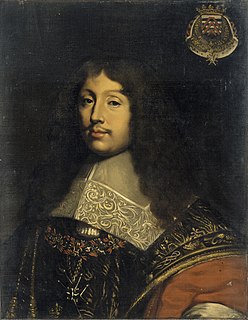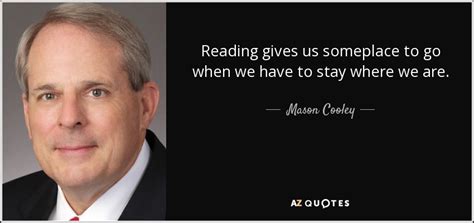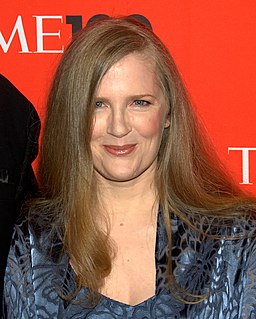Top 23 Quotes & Sayings by Kate Bernheimer
Explore popular quotes and sayings by an American writer Kate Bernheimer.
Last updated on December 21, 2024.
When I first read Anne Frank's 'Diary of a Young Girl,' I saw for the first time that a girl could be a writer and that it had something to do with survival and with ethics and fighting against evil. I admired her, though her diary remained terrifying and mysterious to me. She was a character in a real fairy tale - fairy tales are brutal.
In the old fairy tales, often a 'moral' was tacked on at the end of the story - say, if a book was going to be marketed to young readers. And the morals don't really suit the stories at all, which makes them super weird - part of why I love the tradition so much. I do play with this, though I am more concerned with ethics than morals.
As scientists have discovered - or perhaps explained is a better word, or perhaps identified - we now live in the age of the Anthropocene. The geologic age of the Anthropocene. Those high priests of material evidence have given us our own epoch like the Holocene, the Pleistocene! Apparently we now, it seems, have superhuman powers.
Sometimes, violent details have been eliminated from fairy tales simply because they were deemed too graphic. So one does not, at the end of Disney's version of 'Cinderella,' see the stepsisters' eyes get pecked and pecked by doves, because Disney wanted to market the story for wholesome family viewing.
There are recurring elements in popularized fairy tales, such as absent parents, some sort of struggle, a transformation, and a marriage. If you look at a range of stories, you find many stories about marriage, sexual initiation, abandonment. The plots often revolve around what to me seem to be elemental fears and desires.
I have been writing fairy tales for as long as I can remember. Not much has changed in terms of my natural attraction to the narrative techniques of fairy tales. My appreciation of them in the traditional stories has deepened, especially of flat and unadorned language, intuitive logic, abstraction, and everyday magic.






















